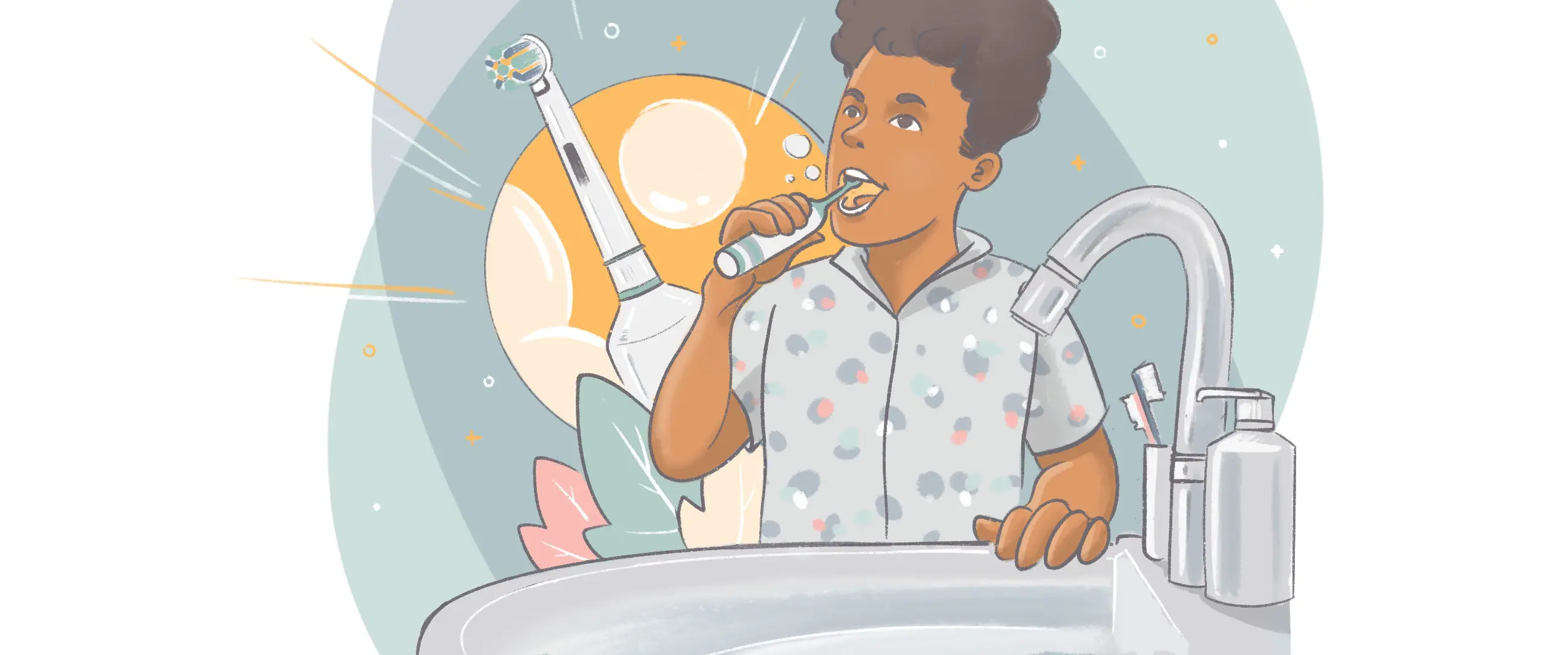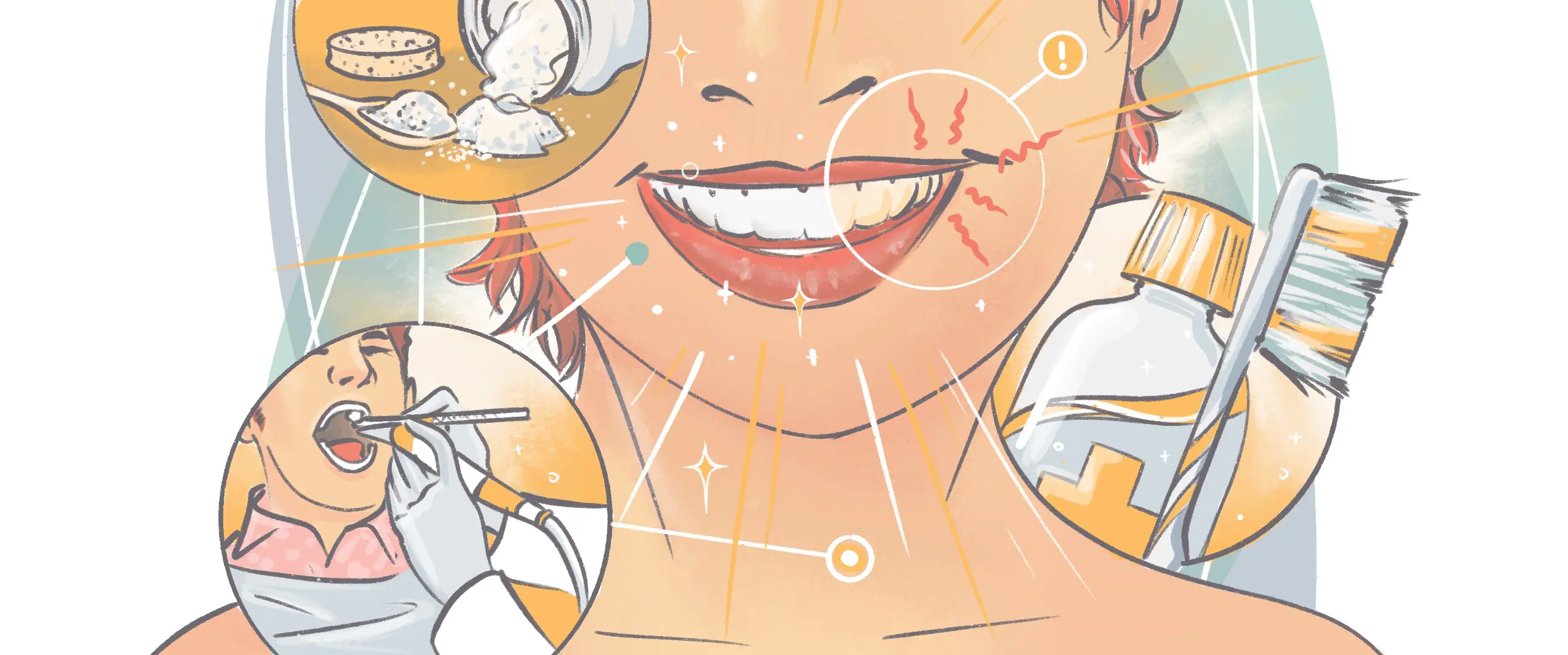Did you anxiously await the arrival of the tooth fairy as a child? In some ways, the tooth fairy is even better than Santa. After all, she leaves money you can spend on whatever you want and she visits at unplanned times of the year.
Regardless, the tooth fairy can make the scary experience of losing teeth a little more bearable.
Have you ever stopped to think about how the tooth fairy tradition began? Here is some insight to the story.
When did the tooth fairy tradition start and what is it?
In the United States, the origins of the modern tooth fairy have been traced to a 1908 publication in the Chicago Daily Tribune. The author, Lillian Brown, was offering parents the suggestion to have their child leave their lost tooth under their pillow. In the night, the tooth fairy would come and leave a small gift that the parent conveniently picked up from the 5-cent store.
But, what is the tooth fairy exactly? And what does it look like? Unlike Santa Claus or the Easter Bunny, there isn’t a well-defined “look” for the tooth fairy.
Most people today agree that she’s female and has a Tinkerbell-like appearance, which became predominant with the rise of Disney’s portrayal of fairies. However, the tooth fairy has been reimagined in various forms including a child with wings, a pixie, a dragon, a bear, a dental hygienist, a flying ballerina, and more.
Interestingly, throughout much of Europe and in Spanish-speaking countries, the tooth fairy is envisioned as a mouse. He is called El Ratóncito Pérez in Spanish, La Petite Souris in French, and Fatina dei Denti in Italian.
Regardless of how you picture the tooth fairy, she has been calming the fears of children as they lose their baby teeth for generations. Plus, she has helped parents encourage their children towards good dental health and to be excited to find a dentist.
The history behind the tooth fairy
As is often the case with modern traditions, the history of the tooth fairy dates back much farther than the early 1900s. Various traditions from many different cultures have influenced the creation and perception of the tooth fairy over the years.
Across northern Europe, there is the tradition of the Tand-fé (tooth fee) which children received when losing their first baby tooth. This tradition dates back as far as the earliest written Norse records, around 1200.
In the same culture, it was thought that children’s teeth could bring good luck in battle. Many a Scandinavian warrior wouldn’t dare touch foot on the battlefield without a string of children’s teeth around his neck.
Give $50, get $50.
Refer someone to book a dentist with Opencare and you’ll both get $50.
Later on, other superstitions developed around children’s teeth. Children in England were told to bury their baby teeth so they wouldn’t suffer hardship in the afterlife. The Vikings would pay children for their teeth.
In medieval times, Europeans thought that if a witch possessed your teeth, they could have total power over you. This led many people to burn or bury their children’s baby teeth to keep themselves safe.
After Lillian Brown’s article in 1908, the U.S. tradition became solidly established in modern culture and spread around the world. In 2011 and 2012, the Royal Canadian Mint created Tooth Fairy quarters. In 2020, the Royal Australian Mint started creating “Tooth Fairy kits” with commemorative $2 coins.
How much money should the tooth fairy leave?
How much money the tooth fairy leaves is often dependent on the family’s socioeconomic status and the amount the child’s friends are receiving. Typical amounts that today’s parents may have received as children range from a quarter to a dollar.
Kids these days are receiving considerably more. A recent poll reveals that the tooth fairy is dolling out an average of $4.70 per tooth! Payouts for the first tooth are often higher and sometimes the tooth fairy will pay more for shiny, clean teeth.
Fun ways to welcome the tooth fairy
Ultimately, the whole point of the tooth fairy is to encourage your kids to develop good dental habits. So, aside from the excitement of finding money under their pillow, there are other ways that you can make it special when those baby teeth come out. Here are a few ideas.
Pick out a tooth fairy dish
Traditionally, children simply put their teeth under their pillows. But you can up the fun factor by taking your child to pick out a special dish for their tooth to leave on a nightstand. Make it a unique craft project and paint your own or look for something unique at a thrift store or antique shop.
Give a receipt
Kids will think it’s great if the tooth fairy leaves them a little receipt for their tooth. It can even include an encouraging message about how great they are doing keeping up with their dental care!
Create a keepsake book
Take the receipt idea one step further and get a little notebook where your child can leave notes for the tooth fairy as well. Then, when the tooth fairy leaves the money, she can also add an encouraging or informative note about their next dentist appointment.
Tooth fairy stories
The tooth fairy for kids has popped up in various ways in children’s books, stories, and videos. She is featured in popular books like The Berenstain Bears and the Tooth Fairy or How to Catch the Tooth Fairy by Adam Wallace.
“The Rock” even makes an appearance as the tooth fairy in the 2010 film The Tooth Fairy. It’s a little silly, but if you’ve ever wondered what Dwayne Johnson looks like in a tutu, here’s your chance to find out.
Visiting the “real” tooth fairy
The tooth fairy tradition can help make the transition from primary to permanent teeth easier for kids. Losing teeth can be a big and uncertain change for a child. The tooth fairy helps create a sense of wonder and fun during this time, and parents can use the opportunity to make visiting a dentist near you less scary.
Due for a checkup?
Find a top rated dentist near you that takes your insurance.








